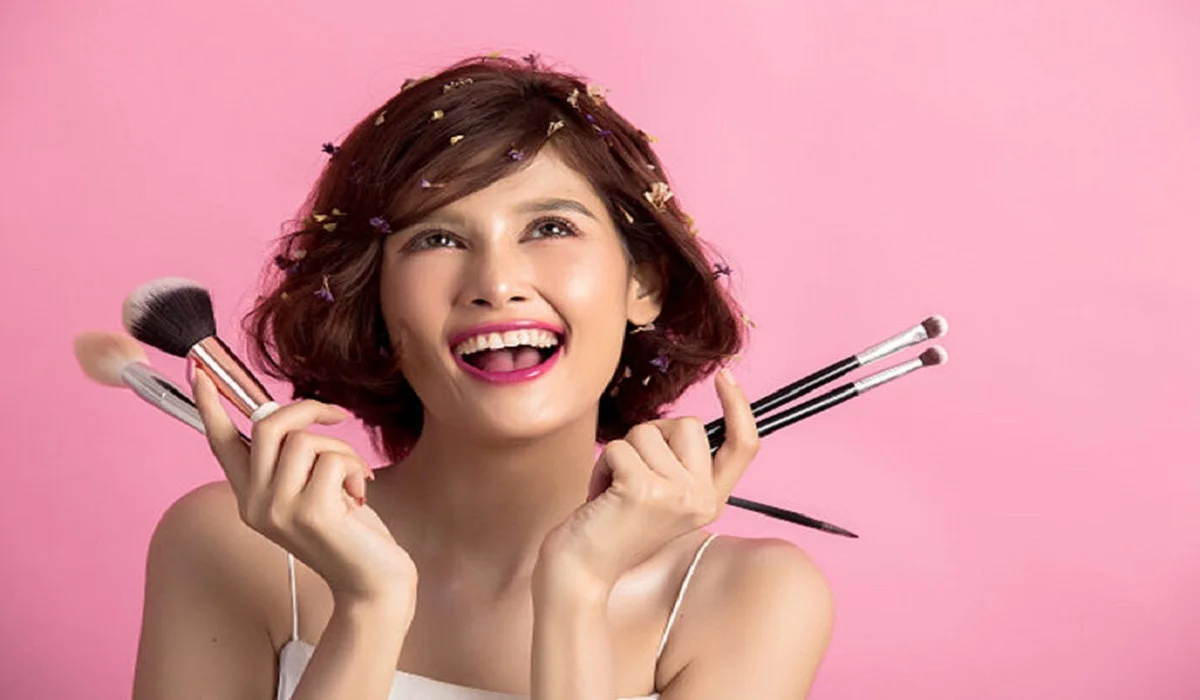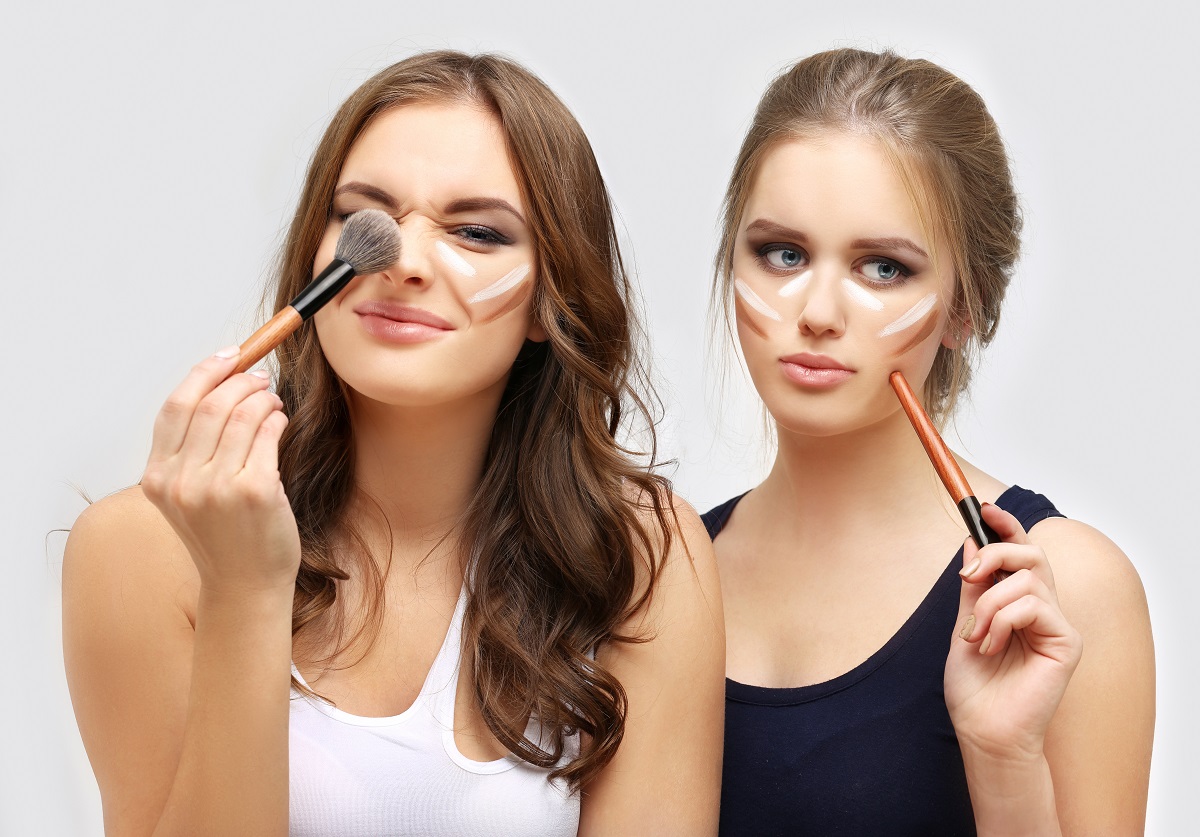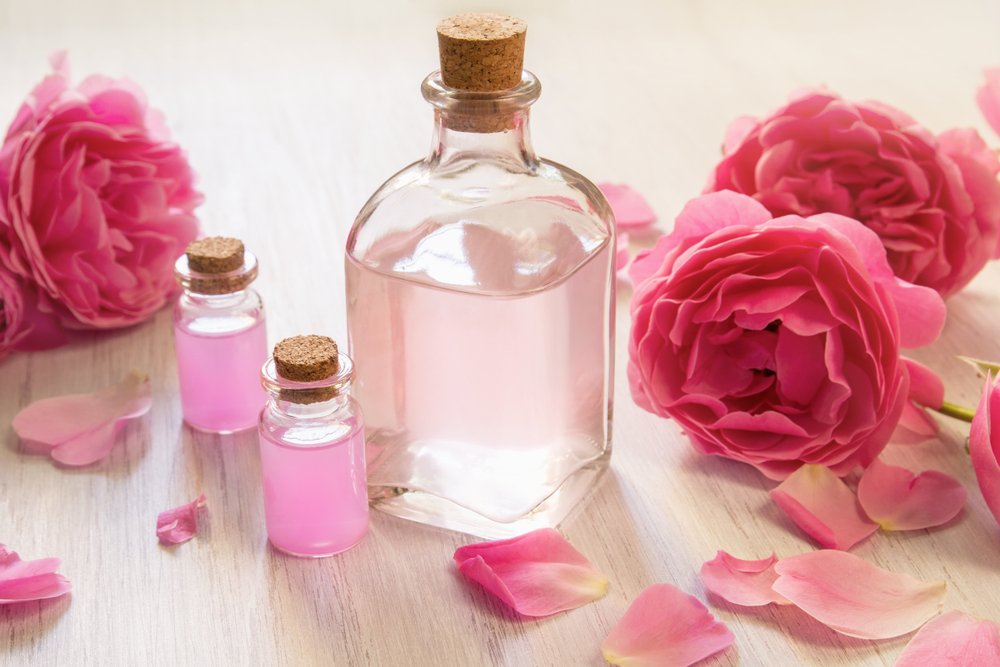The quest for a flawless, even skin tone is a universal beauty goal, transcending cultures and ages. An even skin tone not only signifies a healthy and youthful appearance but also boosts confidence, allowing individuals to feel their best. However, achieving this coveted complexion can be challenging due to various skin tone irregularities such as hyperpigmentation, sun spots, and uneven textures. This comprehensive guide will explore the most effective strategies, from cutting-edge professional treatments to time-honored natural remedies, to help you give your skin the perfectly even tone it deserves.
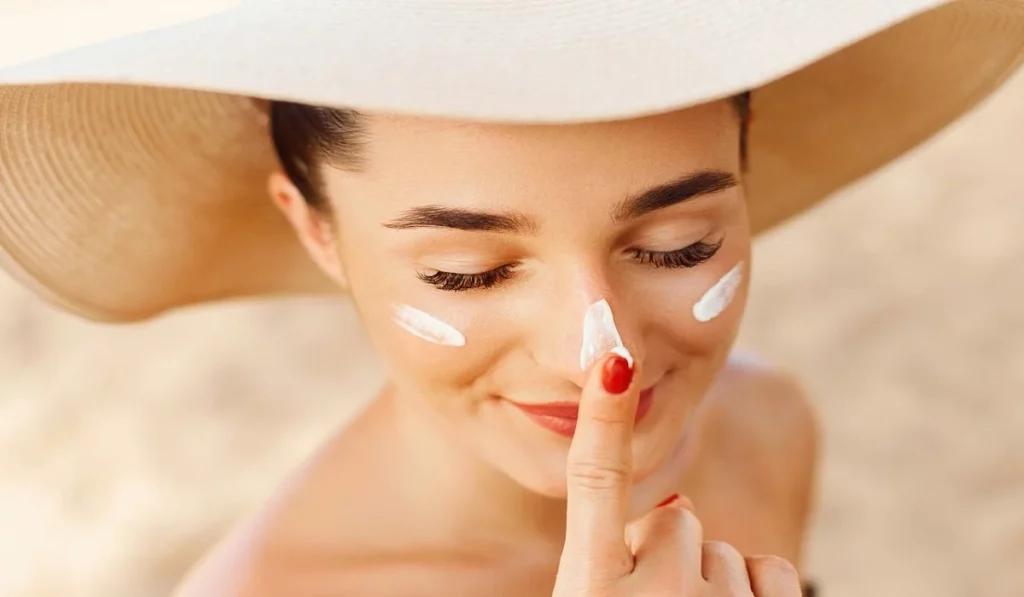
Understanding Skin Tone Irregularities
Causes of Uneven Skin Tone: Skin tone irregularities can arise from a multitude of factors including genetic predisposition, sun damage, hormonal fluctuations, and the natural aging process. Understanding these underlying causes is the first step towards effective treatment.
The Impact of Sun Exposure: Sunlight is a significant contributor to skin tone changes, causing dark spots and premature aging. Protective measures against UV radiation are crucial for maintaining an even skin tone.
Hormonal Changes and Skin Tone: Hormonal imbalances can lead to conditions like melasma, characterized by dark patches on the face. Awareness of these changes can guide appropriate skin care and treatment options.
Environmental Factors: Pollution and environmental stressors can exacerbate skin tone irregularities, making a comprehensive skincare regimen essential for urban dwellers.
The Basics of Skin Care for Even Tone
Daily Skin Care Routine: Establishing a daily skincare routine that includes cleansing, moisturizing, and exfoliating can significantly improve skin texture and tone. Regular exfoliation removes dead skin cells, revealing fresher, more even-toned skin beneath.
Importance of Sun Protection: Sunscreen is non-negotiable in the pursuit of an even skin tone. A broad-spectrum SPF 30 or higher should be applied daily, regardless of weather conditions, to protect against UV damage.
Hydration and Nutrition for Skin Health: Adequate hydration and a diet rich in antioxidants play a vital role in skin health. Foods high in vitamins C and E can help protect the skin from the visible effects of environmental damage.
Professional Treatments for Even Skin Tone
Chemical Peels: By removing the outermost layers of the skin, chemical peels can significantly reduce the appearance of pigmentation and uneven skin texture, revealing smoother, more radiant skin.
Laser Therapy: Lasers target melanin deposits and damaged skin cells, effectively treating hyperpigmentation and redness, resulting in a more uniform skin tone.
Microdermabrasion: This non-invasive treatment exfoliates the top layer of skin to diminish dark spots and texture irregularities, promoting new cell growth.
The Role of Dermatological Consultation: Consulting with a dermatologist can provide personalized advice and access to advanced treatments tailored to your skin’s specific needs.
Natural Remedies and Their Efficacy
Home Remedies for Skin Tone: Natural ingredients like lemon juice, turmeric, and aloe vera have been used for centuries to lighten dark spots and improve skin tone. However, their efficacy varies, and they should be used with caution to avoid adverse reactions.
The Power of Natural Ingredients: Certain natural compounds, such as vitamin C, licorice extract, and kojic acid, have been scientifically proven to help even out skin tone when used in skincare products.
DIY Masks and Scrubs: Homemade masks and scrubs can provide a gentle and natural way to exfoliate and brighten the skin, though they should complement, not replace, a comprehensive skincare routine.
Advanced Skin Care Products
Topical Creams and Serums: The market is flooded with products promising to correct uneven skin tone. Look for those containing proven ingredients like retinoids, hydroquinone, niacinamide, and glycolic acid for the best results.
Ingredients to Look For: Active ingredients that inhibit melanin production, such as vitamin C, azelaic acid, and bearberry extract, can be particularly effective in achieving an even skin tone.
Navigating Skin Care Products: It’s essential to select products suited to your skin type and concerns. Patch testing and gradual introduction of new products into your routine can help prevent adverse reactions.
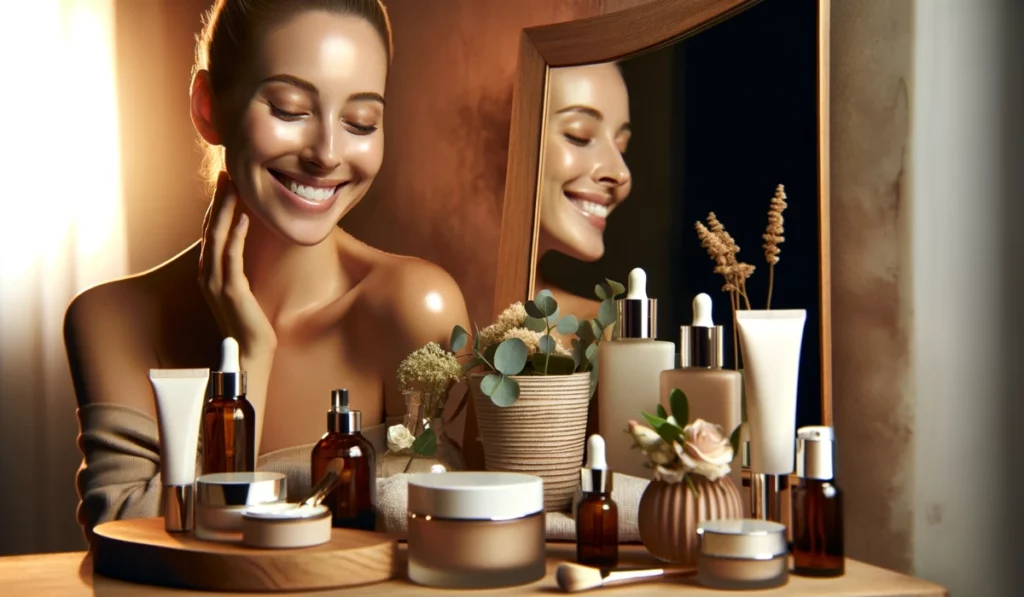
The Role of Diet in Skin Health
Foods for Healthy Skin: A balanced diet rich in fruits, vegetables, lean proteins, and healthy fats can support skin health from the inside out. Foods high in omega-3 fatty acids, such as salmon and walnuts, are particularly beneficial for maintaining skin’s elasticity and preventing dryness.
Vitamins and Minerals Essential for Skin Tone: Vitamins A, C, E, and minerals like zinc and selenium play crucial roles in skin repair and protection. Incorporating a variety of nutrient-rich foods into your diet can help promote an even skin tone.
Avoiding Skin-Damaging Foods: Processed foods, excessive sugar, and alcohol can contribute to inflammation and exacerbate skin problems. Reducing these can have a positive effect on skin health and appearance.
Lifestyle Adjustments for Better Skin
The Importance of Sleep: Adequate rest is essential for skin regeneration. During sleep, the skin’s repair processes are at their most active, helping to correct tone irregularities and improve overall skin health.
Stress Management Techniques: Chronic stress can lead to skin issues such as breakouts and dullness. Practices such as meditation, yoga, and regular exercise can help manage stress levels and promote a healthier complexion.
Exercise and Skin Health: Regular physical activity increases blood flow, nourishing skin cells and carrying away waste products. This natural detox process can improve skin tone and texture.
Understanding and Choosing the Right Makeup
Makeup for Even Skin Tone: While makeup can temporarily correct uneven skin tone, choosing the right products is key to a natural, flawless look. Opt for non-comedogenic foundations and concealers that match your skin tone closely.
Tips for Choosing Foundation: Test foundation shades in natural light to find the best match for your skin tone. Consider formulations that offer buildable coverage to address areas of unevenness without looking heavy.
The Role of Primer and Concealer: A good primer can smooth out the skin’s texture, creating a more even base for foundation. Concealers can be used to target specific areas of discoloration, blending seamlessly into the foundation.
The Best Methods to Give Your Skin a Perfectly Even Tone
This section will encapsulate the essence of our guide, highlighting the most effective strategies across professional treatments, daily skincare, diet, and lifestyle changes. Combining approaches, from meticulous sun protection to leveraging advanced skin care technologies, offers the best path to achieving and maintaining a beautifully even skin tone.
Preventing Future Skin Tone Issues
Maintaining an even skin tone is an ongoing process. Adopting long-term skincare strategies, undergoing regular skin evaluations, and being mindful of changes in your skin as you age or as environmental conditions shift are critical steps in preserving your skin’s radiance.
Case Studies: Success Stories
Real-life success stories of individuals who have achieved a more even skin tone through various methods can provide inspiration and practical insights into what might work best for you.
Misconceptions About Skin Tone Correction
This section aims to dispel common myths surrounding skin tone correction, setting realistic expectations for what can be achieved through skincare and professional treatments.
The Psychological Impact of Skin Tone Satisfaction
The final narrative of our guide explores the profound impact that achieving an even skin tone can have on an individual’s confidence and self-esteem, underscoring the connection between skin health and psychological well-being.
Achieving a perfectly even skin tone is a multifaceted journey that involves understanding the underlying causes of skin irregularities, adopting a comprehensive skincare routine, making informed lifestyle choices, and possibly seeking professional treatments. With patience, consistency, and the right approach, you can enhance your skin’s natural beauty and achieve the even, radiant complexion you desire.
- What are the most effective ingredients for evening out skin tone?
- How long does it take to see results from using skin tone correcting products?
- Can natural remedies replace professional treatments for skin tone issues?
- Is it possible to prevent skin tone irregularities completely?
- How do I choose the right sunscreen for protecting my skin tone?



